By Stephan P. Hyun, Esq.
Within the realm of California law that governs liability of an employer for its employee’s actions, is the concept of the “Going and Coming” rule. Rather than being dictated by a specific statute or law, the foundation of this rule developed over time through various cases decided in court.
The “Going and Coming” rule applies in circumstances where an employee is driving a vehicle during his or her regular commute to or from work, and the employee driver causes a traffic accident. The primary question on whether liability attaches to the employee’s employer is: Was the employee acting in the course and scope of employment as to render the employer liable?
The “Going and Coming” rule essentially states that the employer is not liable for injuries which occur during an employee’s regular/routine commute. ( Hartline v. Kaiser Foundation Hospitals (2005) 132 Cal.App.4th 458.) The underlying reason behind the general rule is that since the employee is not providing a specific service to the employer, and the employer is not receiving a specific benefit from the employee, the employee is not acting within the course and scope of employment.
As you may imagine, there are numerous exceptions to the “Going and Coming” rule. These exceptions have been carved out based on facts and evidence which indicated, for example, that an employer compensates the employee for the time traveled during the commute, or the certain vehicle that an employee uses to commute to and from work is also used during work for the employer’s business, or an employer requests that its employee perform an errand during the employee’s regular commute. (See Hinman v. Westinghouse Electric Co. (1970) 2 Cal.3d 956; Lobo v. Tamco (2010) 182 Cal.App.4th 297; Tognazzini v. San Luis Coastal Unified School Dist. (2001) 86 Cal.App.4th 1053, respectively.) These are just a few exceptions out of many that exist in the California legal landscape. Just as there are a variety of exceptions, similarly, there are also a variety of cases that clarify and expand the “Going and Coming” rule itself.
Two recent cases, which have been decided in the past year, do just that. Now, employers can breathe a little sigh of relief based on these court rulings.
One of the exceptions to the “Going and Coming” rule is that if the employer requires the employee to provide his/her own transportation as a condition of employment or the employer requires the employee to use his/her vehicle for work purposes, then the employee is acting within the course and scope of employment. ( Hinojosa v. WCAB(1972) 8 Cal. 3d 150; Lobo v. Tamco (2010) 182 Cal.App.4th 297.) Keeping that exception in mind, in Jorge v. Culinary Institute of America (2016) 3 Cal.App.5th 382, an instructor for a culinary school, who had just finished teaching a class, collided with a pedestrian while driving from the school back home. A fact that went against the employer (Culinary Institute of America) is that the employer occasionally required that the instructor use his own vehicle to travel to events held outside of the school. Another fact that tends to satisfy the exception of the “Going and Coming” rule is that at the time of the accident, the instructor was transporting his tools (chef knives) for work and uniform (chef jacket), which needed to be laundered and used for work. However, despite these facts, the California Court of Appeal held that the employer did not prescribe or order how the instructor had to regularly commute to/from the school. Ultimately, the vehicle used by the instructor was not material to the employer’s business, especially in the context of the accident. Accordingly, it was decided that the instructor was not acting within the course and scope of employment; rather, the “Going and Coming” rule applied, resulting in non-liability for the employer in this instance.
In Pierson v. Helmerich & Payne Internat. Drilling Co. (2016) 4 Cal.App.5th 608, a worker caused an accident while driving home after work. During this drive home, the worker was also giving a ride to two other employees to their hotel. It is worth noting that the hotel was paid for by the employer. Nonetheless, just as in the Jorge case above, the Court of Appeal found that the “Going and Coming” rule applied, since the worker was traveling from work to his home. But what about the fact the worker was transporting other employees who worked for the employer? What about the fact that the employees that were given a ride were being taken not to their personal homes, but to lodgings paid by the employer? It appears that the reasonable expectations, requirements, and requests of the employer were more significant factors for the Court to reach its decision. In this case, the Court found that the worker gave a ride to the other employees as a personal favor to the employees, and such a ride was not requested or required in any way, explicitly or impliedly, by the employer.
As you can see, case law continues to develop in regards to the “Going and Coming” rule, including the myriad of exceptions that may apply. Therefore, it is vital to stay abreast with the recent case law in order to navigate the potential risks and liabilities that pertain to your business.

